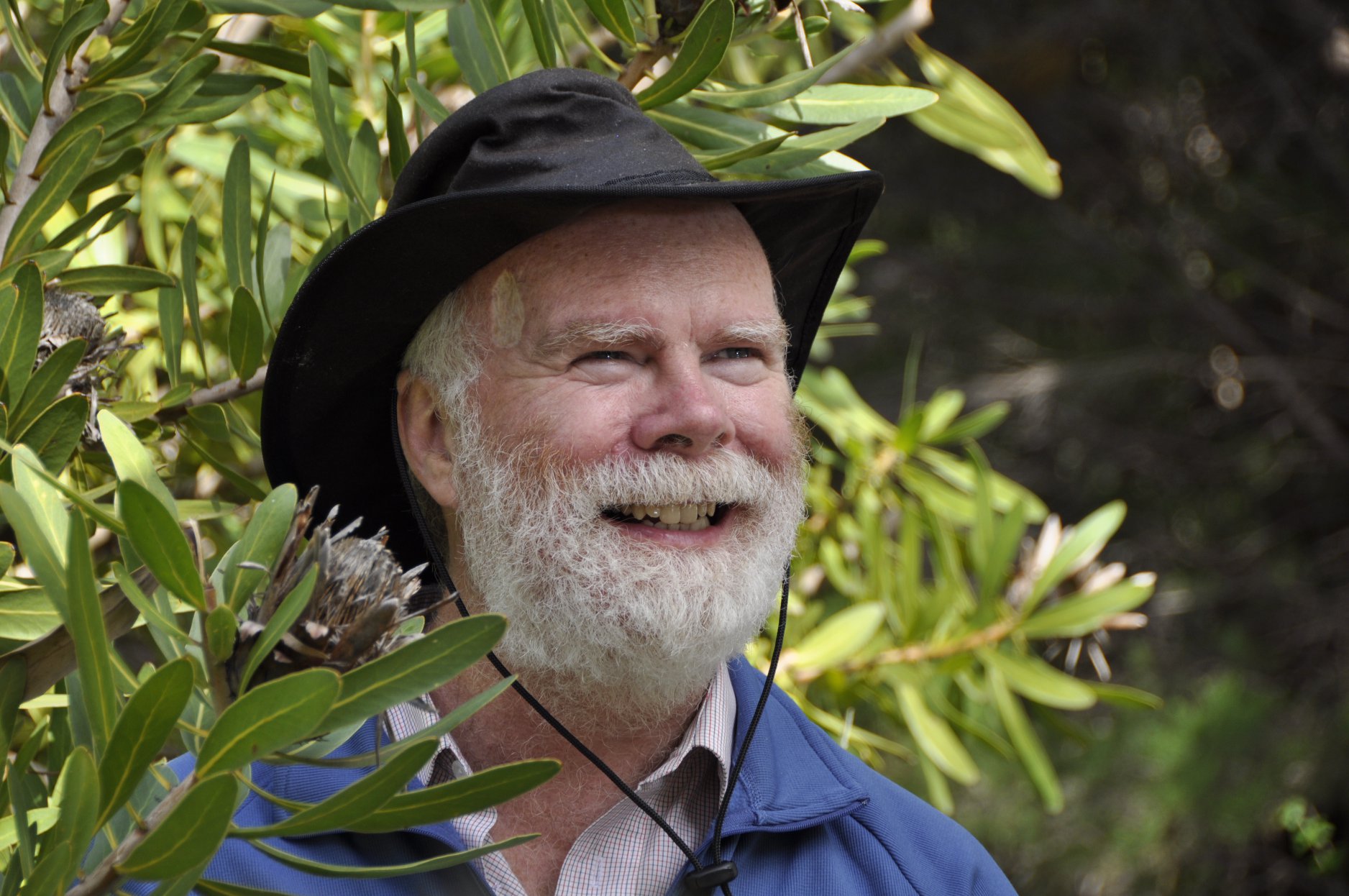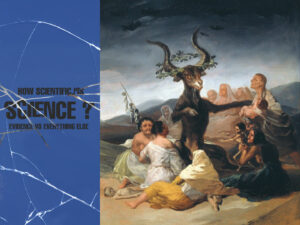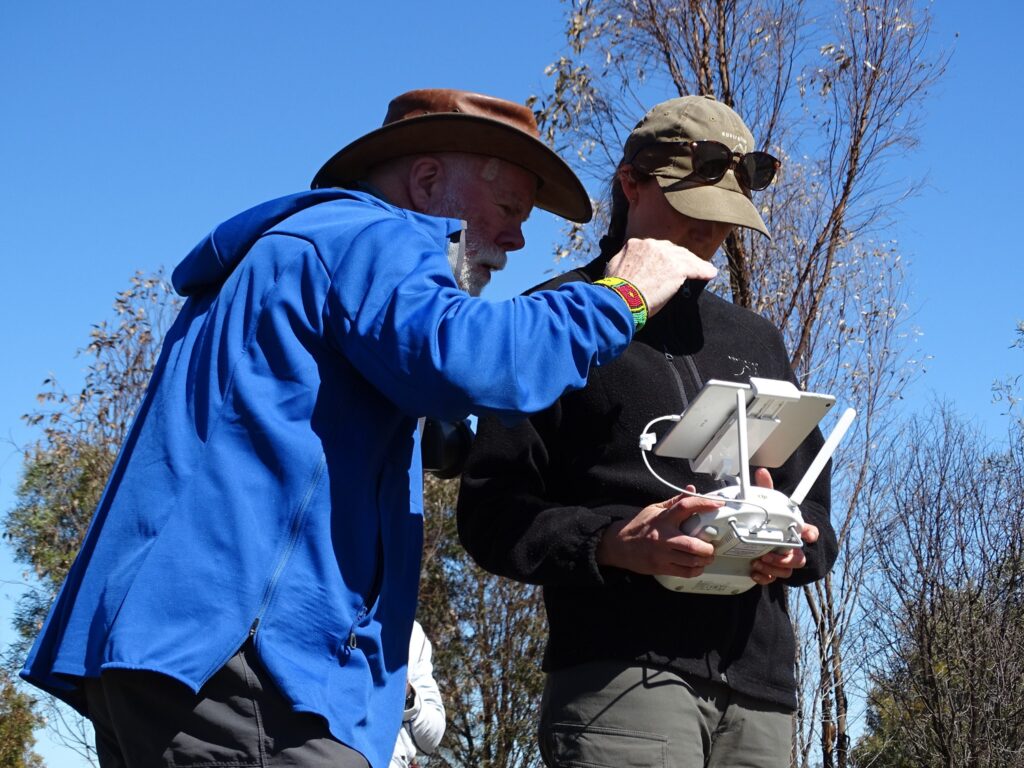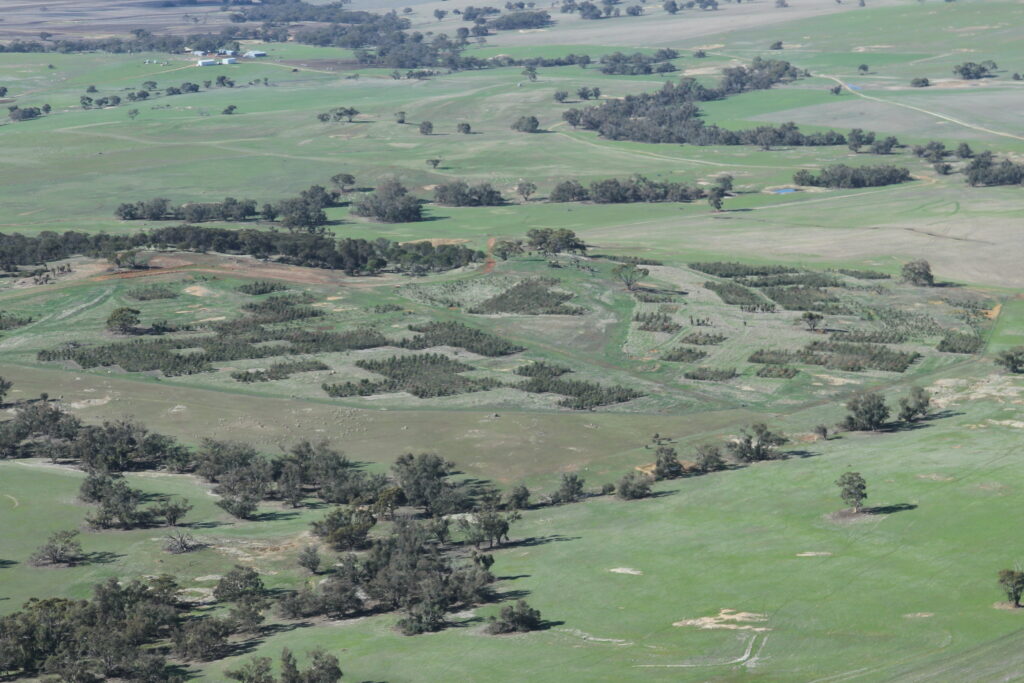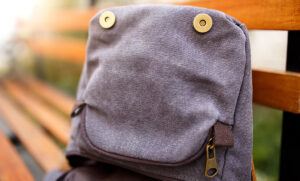You’ve likely heard that WA is one of the world’s major biodiversity hotspots.
Not only do a huge number of species exist only on this part of the planet, but their environment is shrinking each year.
Making sure an ecosystem doesn’t fall apart is a mighty challenge. Putting it back together is an even tougher one.
WA’s newest Science Hall of Fame inductee, ecologist Professor Richard Hobbs, has spent almost 40 years figuring out those challenges.
Restoring ecosystems in a rapidly changing world
Richard started out working with the CSIRO in the Wheatbelt in the 1980s.
“When I first came here from Scotland, I thought I’d landed on a different planet, never mind a different continent,” Richard says.
“There are these 20-metre tall trees growing in areas where, in other parts of the world, there wouldn’t be any trees at all.
“The diversity is huge. The adaptations to this harsh environment are amazing.”
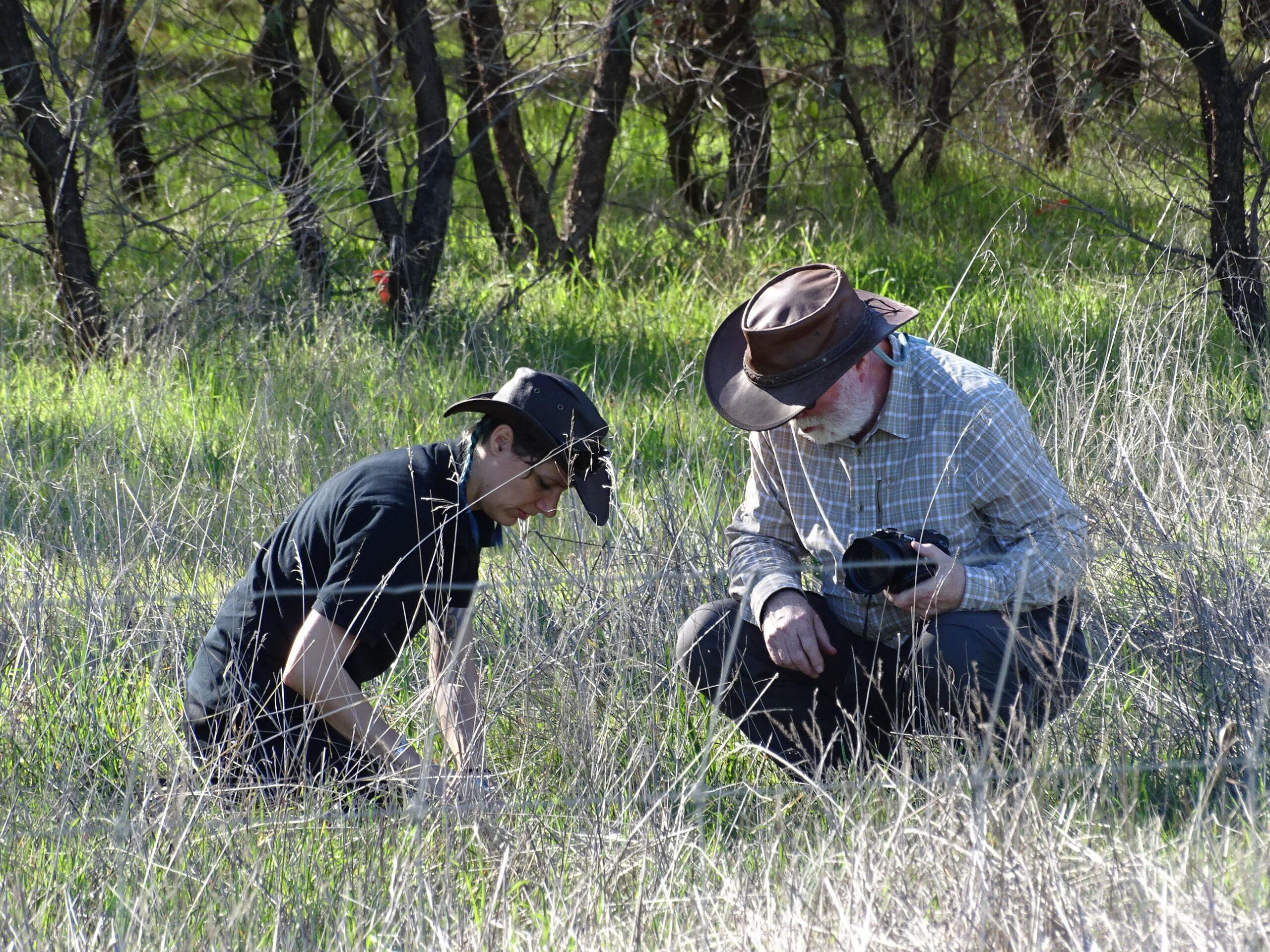
Even back then, the Wheatbelt was far from a pristine environment.
While the landscape we see today has changed enough to be visible from space, in its natural form, it looked very different.
Richard says although not much clearing occurs nowadays, its residual effects linger on.
“Salinity is a big issue. We have climate change to deal with and declining rainfall,” Richard says.
“There’s plenty of mining going on. Plenty of urban development.
“And in the middle of all that, there’s the amazing biological diversity, which needs to be effectively conserved and managed.”
A puzzling situation
The more diverse an ecosystem is, the more moving parts it has.
There are plants and animals, fungi and bacteria. Changes occur over time as animals migrate and plants grow. It’s all interconnected, from the chemistry of the soil to the physics of weather patterns.
How do you put a puzzle that complex back together when some of the pieces are missing?
Richard says preservation and connectivity are key.
“In order to restore something, you need to have the biology available to do it,” Richard says.
“If you’re working on the Wheatbelt and you’re wanting to restore, say, an old paddock, you actually need to have the seeds of the plants that you want to put back.
“And even just knowing how to deal with that seed so that it actually germinates and grows into a plant is actually quite hard.”
Like a complex jigsaw puzzle, you have to keep the bits in front of you together, then join them up to build the bigger picture.
The hardest science
But do all ecosystems even need restoring? In many areas, plants and animals have adapted to life alongside humans.
“We need to look at what the actual flora and fauna are doing,” Richard says.
“A lot of our bird species, for instance, don’t mind if they’re eating a banksia cone or a Norfolk Island pine cone.”
And putting landscapes back just as they were might not prepare them for the future.
“You can restore something back to more or less where it was before,” Richard says. “But is that going to still be relevant in 25 or 50 years’ time when the climate has changed dramatically?”
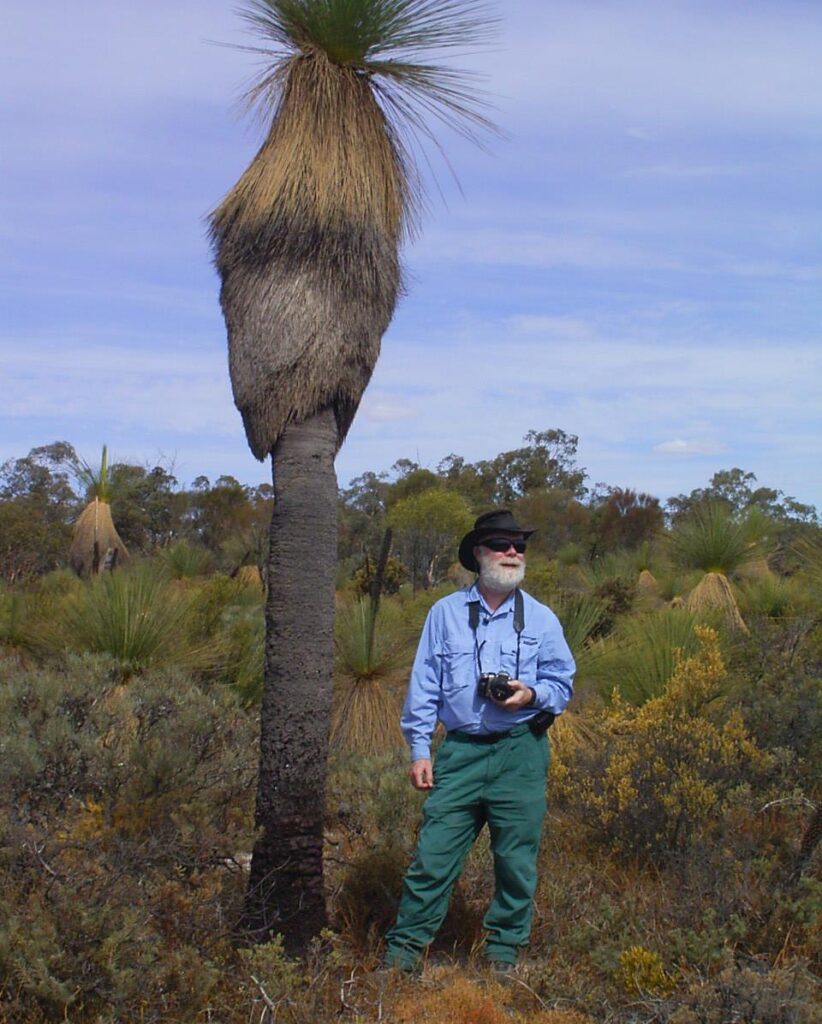
“They talk about the hard sciences of physics and chemistry, but ecologists say we have the hardest science.”
“There’s so much complexity, and we’re dealing with species that don’t necessarily behave the way we think.”
Looking forward from the past
It’s easy to see how conservation biology and restoration ecology can keep you occupied for a whole career – and then some.
“I think what I’m most proud of is the people I’ve helped in their careers,” Richard says.
“Seeing them develop as people and as scientists. To me, it’s really very satisfying.
“There’s still a heck of a lot needs to be done in this area, and there’s a younger generation coming up who have the energy and enthusiasm to do it.”



